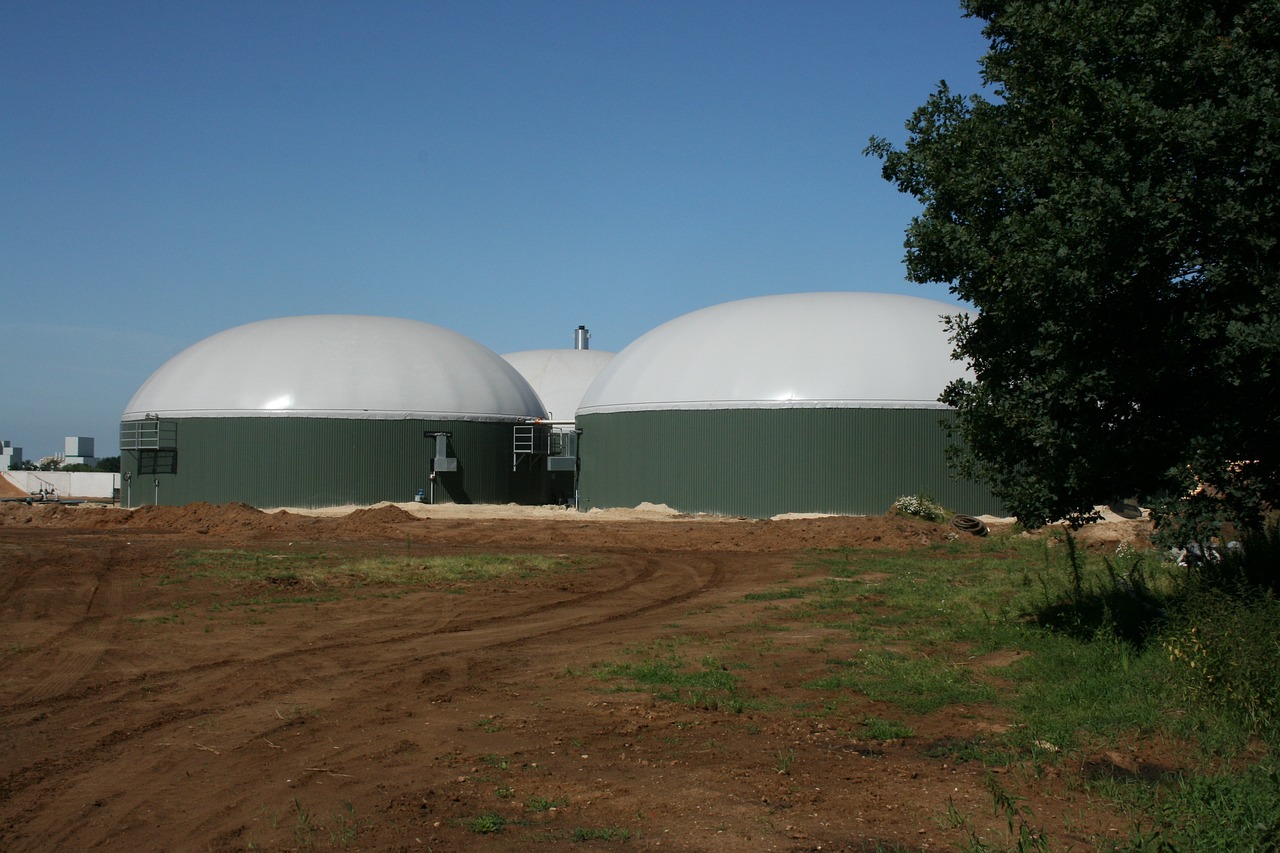
The Role of IT in Biogas Plants
Biogas lowers emissions for companies compared to natural gas, making it a sustainable fuel solution. However, sending it to consumers requires careful oversight. IT integration has become a significant part of biogas plant management, thanks to its real-time data and remote management.
IT systems handle data storage and collection, analyzing information so organizations can make better business decisions. A good one also ensures people across the brand can access the data they need to perform well. IT enables biogas plants to use:
OT Support in Biogas Plants
While IT deals with front-end data, OT covers the back-end information. It supports plants' control systems, ensuring they can run safely and efficiently. Here's how OT supports biogas plant success:
How IT and OT Work Together to Improve Efficiency
Integrating IT and OT brings biogas operations into one seamless operation. Instead of separating these processes, plants can create interconnected, efficient systems.
OT systems are usually isolated from the rest of plant operations, but biogas plants can use IT systems to gather data from them, letting information flow to operators without delays. Operators can then get a more comprehensive view of plant operations, respond to issues more quickly and make more informed decisions.
IT/OT Sustainability Benefits
IT/OT can do more than boost efficiency — it can also make biogas plants more sustainable. Biogas is already a renewable fuel, coming from anaerobic decomposition in landfills and other sources, but plants can improve the production and distribution processes.
OT systems are in charge of energy-intensive processes like gas cleaning and compression. Plants can combine the automation and analysis of IT and OT to make biogas facilities more sustainable.
Reduced Emissions
IT systems can monitor energy consumption using OT data and use it to identify savings opportunities. They can make OT systems fine-tune equipment, reducing electricity use. Additionally, real-time emissions monitoring with IT/OT integration lets facilities track and report on gas emissions. Plants can automate emissions management, reducing their environmental footprint.
Better Waste Management
Biogas plants convert waste into renewable energy, and IT/OT systems can optimize the process with careful data monitoring. For example, by monitoring gas production rates, IT systems can optimize the incoming organic materials to maximize gas yield. The OT systems take that information and physically control equipment and conditions to achieve that result.
IT/OT systems collaborate to reduce unprocessed waste, making waste management more efficient. While unconnected systems let organic waste slip through the cracks, IT/OT systems can catch things people might miss. Plants can then produce more biogas and cut down on landfill waste.
Improved Resource Use
Finally, IT/OT integration supports resource conservation. Together, these systems deliver precise control over energy, water and other resources. With IT optimizing data and helping OT systems cut out unnecessary waste, they can reduce resource use without affecting gas production. If the IT system analyzes water use and finds ways to stop water waste, it can inform the OT system and adjust as necessary.
Additionally, IT can read OT system performance data to learn equipment maintenance needs. Machinery that gets poor repairs naturally breaks down faster, increasing waste. Instead, technology can identify when items need servicing and issue maintenance requests proactively, extending equipment life and reducing downtime. This cuts down on plant costs and promotes sustainability.
Cybersecurity Factors to Note
When OT and IT converge, they expand the attack surface , increasing risks for both. OT equipment has traditionally relied on default, easy-to-guess passwords, making breaches simple. Plus, because network segmentation may be highly difficult, hackers could move from the machinery into critical IT databases, stealing important knowledge about operations, customers, login credentials and more.
To sidestep these potentials as soon as possible, security professionals should first inventory all systems and examine them for vulnerabilities. Once they've found solutions for those gaps, mapping communications between the OT system and corporate applications helps make sense of the activity to prevent outages. It's also vital to see where blocking off connections between the two is possible. Preventing lateral movement — and developing a response plan in case it does — is key to strengthening a biogas plant's cybersecurity.
Creating a Better Process for Biogas Plants with IT/OT
Integrating IT and OT systems in biogas plants can refine these facilities, making them more efficient and sustainable. Connecting information gives plant managers the tools to make smarter decisions for their facilities and the planet. As biogas continues to expand, IT/OT systems will support its growth and a better future for everyone.

